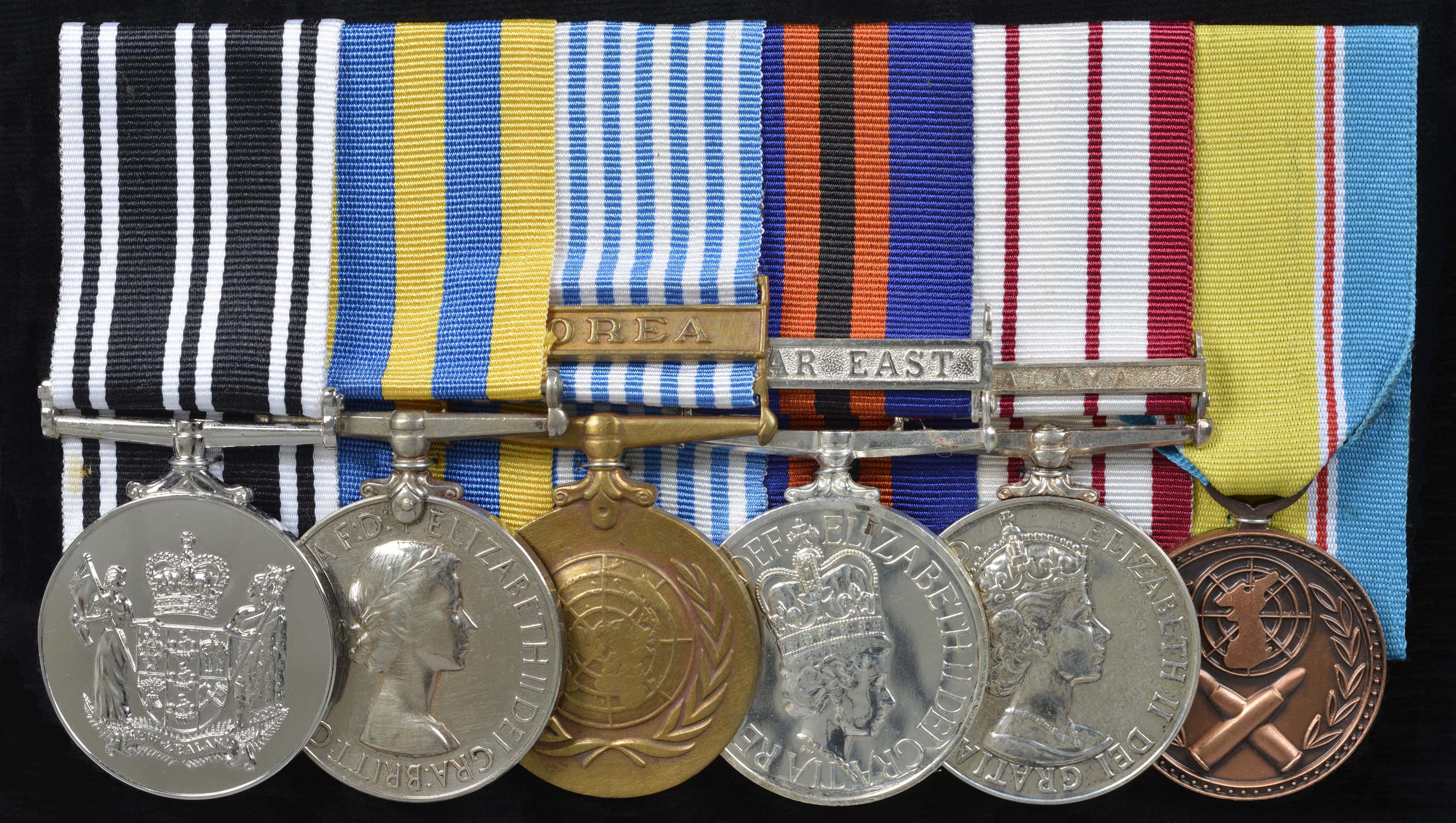

Display No. 12B
REED, Roy Rex
Roy Reed joined the Royal New Zealand Navy in December 1950 as a Boy Seaman 2nd Class. After training at the shore establishment HMNZS Tamaki, he was posted to the cruiser HMNZS Bellona. He saw service in the Korean War in HMNZS Hawea in 1953. In 1955 he spent time in HMAS Rushcutter, the Royal Australian Navy training shore establishment in Sydney. Reed travelled with Bellona back to England in 1955, and stayed in Portsmouth until May 1956. He was then part of the commissioning crew of HMNZS Royalist that brought her to New Zealand. Reed then served in HMNZS Black Prince from April 1957 to January 1959. He then spent two years in HMNZS Pukaki, including a deployment in the Southeast Asia for the Commonwealth Strategic Reserve. He served in HMNZS Endeavour before it was paid off in November 1961. He joined HMNZS Otago for the ship’s first deployment with the Commonwealth Strategic Reserve in 1964. Reed was discharged in May 1965.
Awarded medal(s)
Medal Description [Left to Right]:
The New Zealand Operational Service Medal
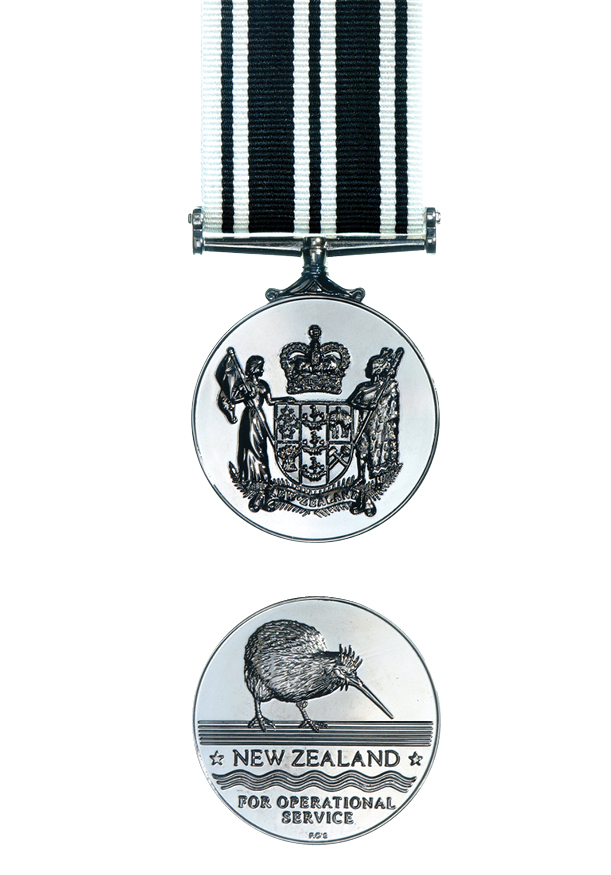
The New Zealand Operational Service Medal (NZOSM) was instituted in 2002 to recognise New Zealanders (military and civilians) who have served since the end of the Second World War. The NZOSM provides recognition for those who have earned a campaign medal or completed 7 days or more of operational service since 3 September 1945. It is awarded once only to an individual, regardless of how many times he or she has deployed on operations. The medal features the New Zealand Coat of Arms on the obverse and a kiwi on the reverse. The ribbon is black and white stripes, representative of New Zealand’s national colours.
The Korea Medal
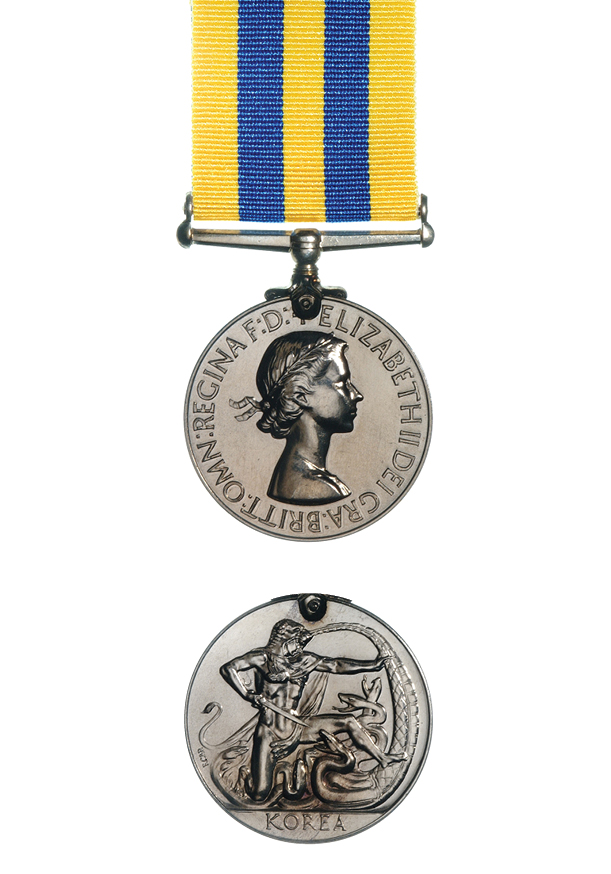
This medal was instituted in 1951, to recognise the service of Commonwealth troops in the Korean War between 2 July 1950 and 27 July 1953. It is sometimes referred to as the Queen’s Korea Medal to differentiate it from the United Nations Korea Medal. For naval forces, qualification is 28 days or more afloat in the operational area or at least one day of shore duty. The medal’s reverse features Hercules wrestling the Hydra – a symbolic representation of communism. The ribbon has alternating yellow and blue stripes. Blue represents the United Nations.
United Nations Medal Korea
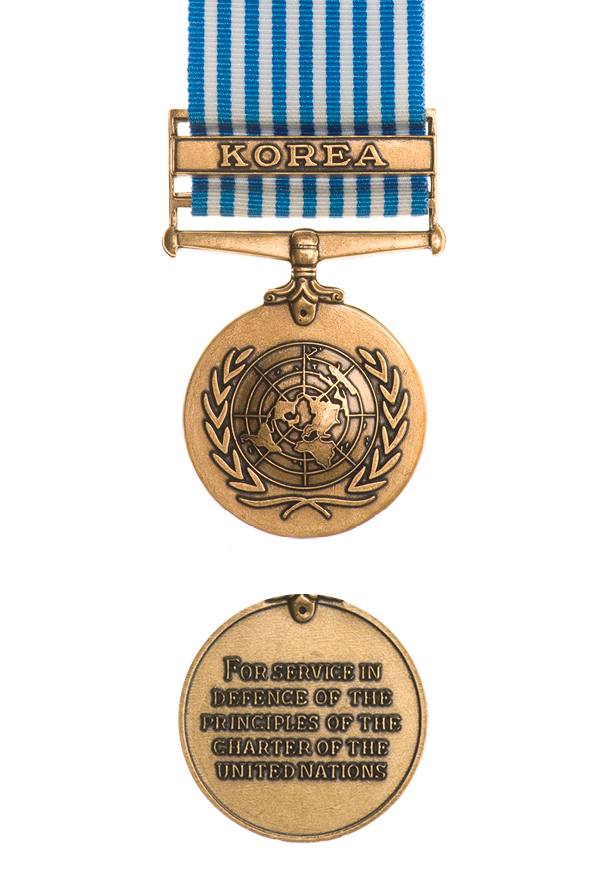
The United Nations Medal (Korea) was awarded for service during the Korean War and the year following the armistice (July 1950 to July 1954). It was the first international award created by the United Nations and features the UN emblem of a projection map of the world between two olive branches. The medal recognises the service of all military troops participating as part of the UN forces in Korea and was manufactured in the language of each country. It was also awarded to a limited range of civilians whose organisations were certified by the United Nations Commander-in-Chief as having directly supported military operations in Korea between 1950 and 1954.
New Zealand General Service Medal 1992 (Warlike)
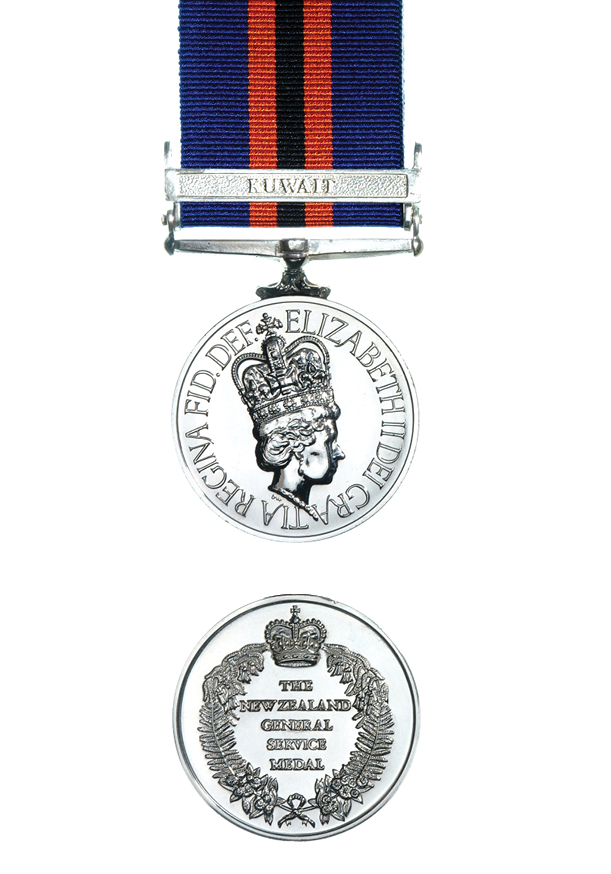
The NZ General Service Medal 1992 was instituted to recognise service in warlike operations for which no separate New Zealand or British Commonwealth campaign medal was issued. By the time it was replaced in 2002, four clasps had been issued for warlike operations between 1956 and 1991 in the Suez Canal region, Malaya, Vietnam and Kuwait. The design and the colours of the ribbon were based on the New Zealand medal of 1869.
The Naval General Service Medal 1915-1962
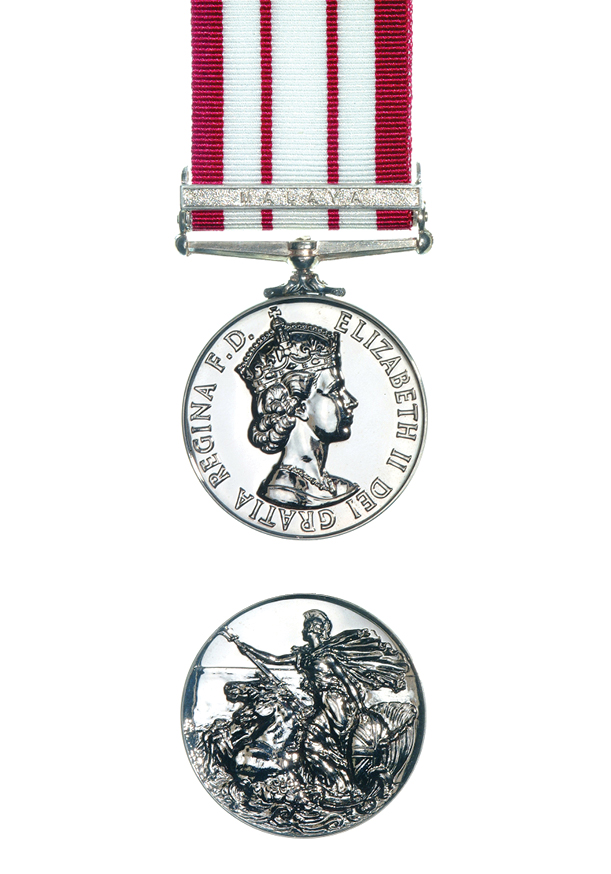
The Naval General Service Medal (NGSM) 1915-1962, was instituted in 1915 to recognise service in minor naval operations for which no separate medal was intended. They were always issued with a clasp for the specific area of operation. A total of seventeen clasps were awarded. Examples in our collection include the ‘Persian Gulf 1909-14’ clasp for operations against gun-runners; the ‘Palestine 1936-39’ and ‘Palestine 1945-48’ clasps which were issued for service in the pre-war Arab uprising and post-war Jewish insurgency; the ‘Minesweeping 1945-51’ clasp which was awarded for six months minesweeping service afloat; the ‘Malaya’ clasp recognising the service of naval personnel, including the Royal New Zealand Navy, during the Malayan Emergency of 1948-1960; and the ‘Yangtze 1949’ clasp for those on HMS Amethyst and other vessels attacked by Communist Chinese forces.
The Korean War Service Medal
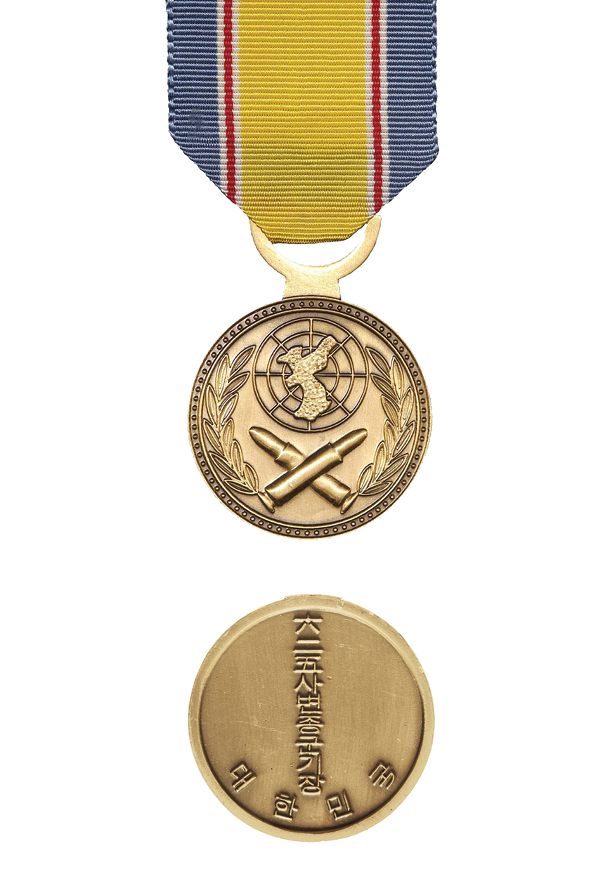
Instituted in 1950 by the Republic of Korea, the Korean War Service Medal was offered to all personnel who served in the Korean War, however, the regulations of the day did not permit the acceptance or wearing of this medal by British Commonwealth military personnel. In 2001, the Korean Government again offered the Korean War Service Medal to British Commonwealth forces in recognition of the significant contribution and bravery of the veterans who had fought in the war. The Sovereign subsequently approved the acceptance and unrestricted wearing of the award by eligible New Zealanders.

